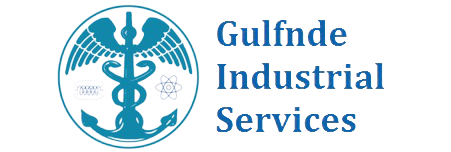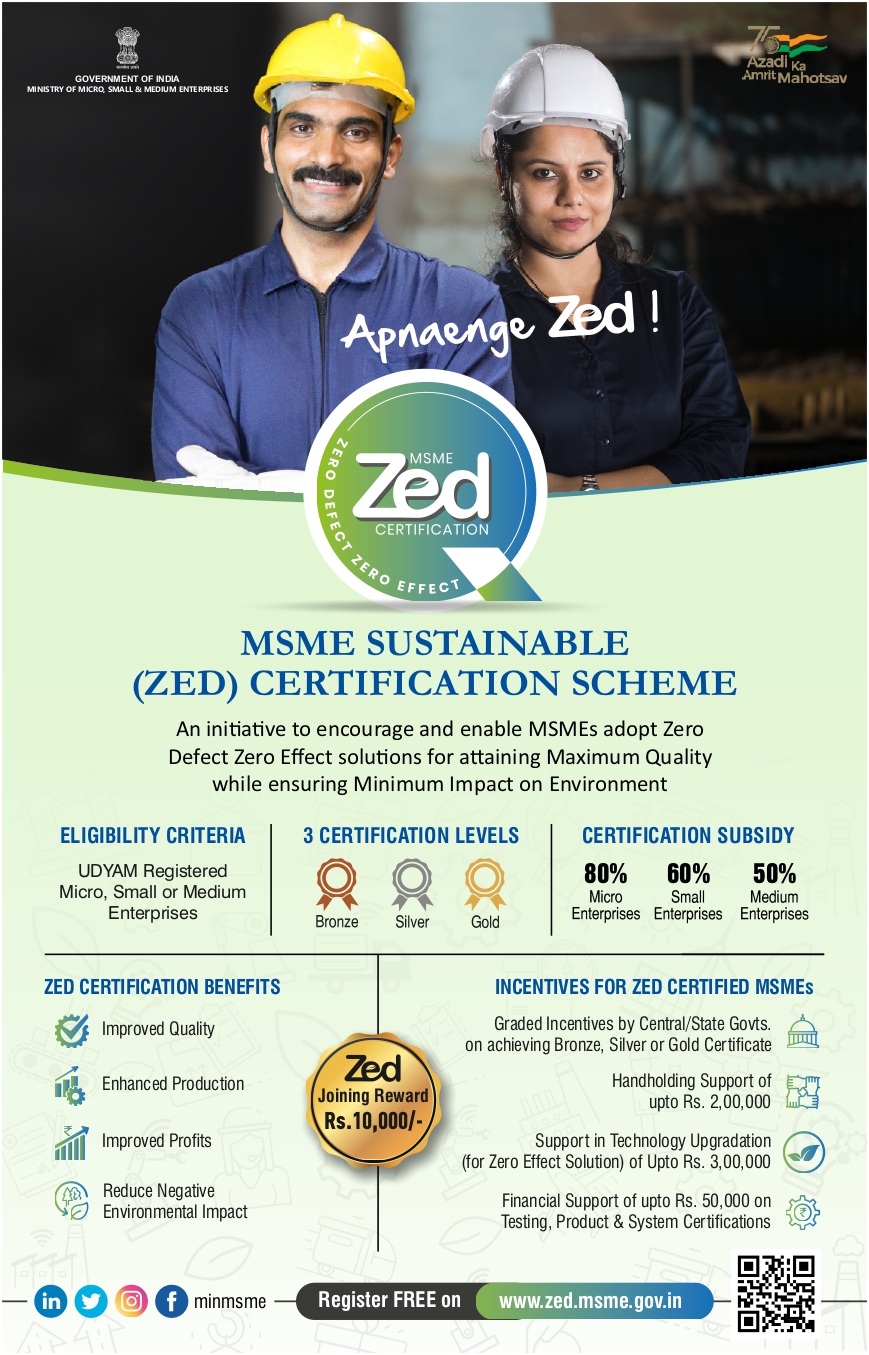3M, or Muda, Mura, Muri, is a concept that originated in Japan and is used in Lean manufacturing to eliminate waste, unevenness, and overburden. The term 3M refers to three Japanese words that represent the three types of waste that can be found in any manufacturing process: Muda, Mura, and Muri. In this blog, we will explore each of these three concepts and how they can be used to improve manufacturing processes.
Muda: Non-Value-Added Activities
Muda
is the first M in 3M and refers to any activity that does not add value to the
product or service. In Lean manufacturing, the goal is to eliminate all types
of waste, including defects, overproduction, waiting, unnecessary processing,
excess inventory, unnecessary motion, and unused talent. Muda is often the most
visible type of waste, and it can be easily identified and eliminated by improving
processes, reducing errors, and increasing efficiency.
Examples
of Muda in manufacturing include unnecessary transportation, overproduction,
defects, excess inventory, and overprocessing. By identifying and eliminating
Muda, manufacturers can improve efficiency, reduce costs, and increase customer
satisfaction.
Mura: Unevenness
Mura
is the second M in 3M and refers to any variation or unevenness in the
manufacturing process. Unevenness can occur in many forms, including
fluctuations in demand, variation in the quality of raw materials, and
variability in the production process itself. Mura can lead to bottlenecks,
overburden, and waste.
Examples
of Mura in manufacturing include uneven production schedules, uneven workloads,
and variations in the quality of raw materials. By identifying and eliminating
Mura, manufacturers can improve efficiency, reduce lead times, and increase
customer satisfaction.
Muri: Overburden
Muri
is the third M in 3M and refers to any form of overburden or excessive strain
on the manufacturing process. Overburden can occur when workers are forced to
work beyond their capacity, machines are overloaded, or when production
schedules are too demanding. Overburden can lead to fatigue, injuries, and
decreased productivity.
Examples
of Muri in manufacturing include excessive overtime, overloading machines, and
unrealistic production schedules. By identifying and eliminating Muri,
manufacturers can improve the health and safety of their workers, reduce costs
associated with downtime and maintenance, and increase customer satisfaction.
In
conclusion, the 3M concept of Muda, Mura, and Muri is a powerful tool for
improving manufacturing processes. By eliminating non-value-added activities,
unevenness, and overburden, manufacturers can improve efficiency, reduce costs,
and increase customer satisfaction. By adopting a mindset of continuous
improvement and embracing the principles of Lean manufacturing, organizations
can achieve significant long-term gains in productivity, quality, and profitability.


